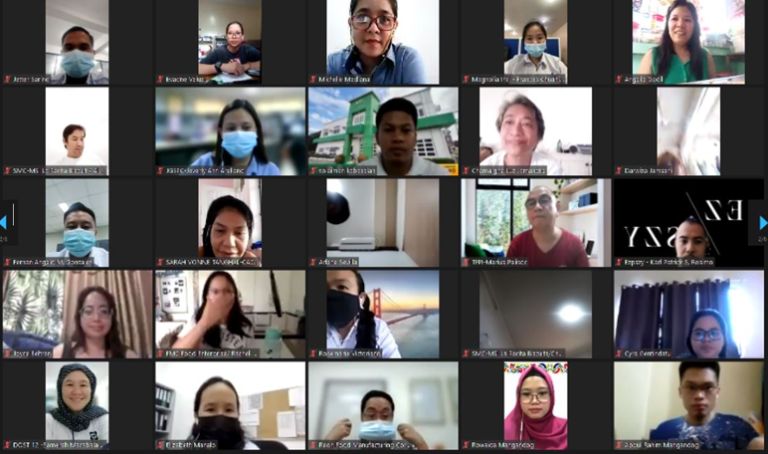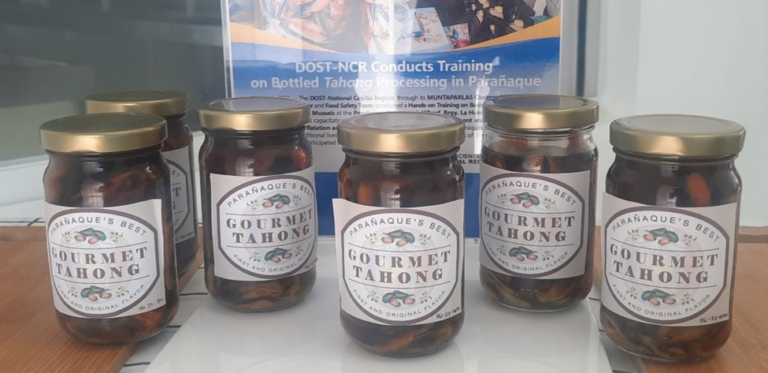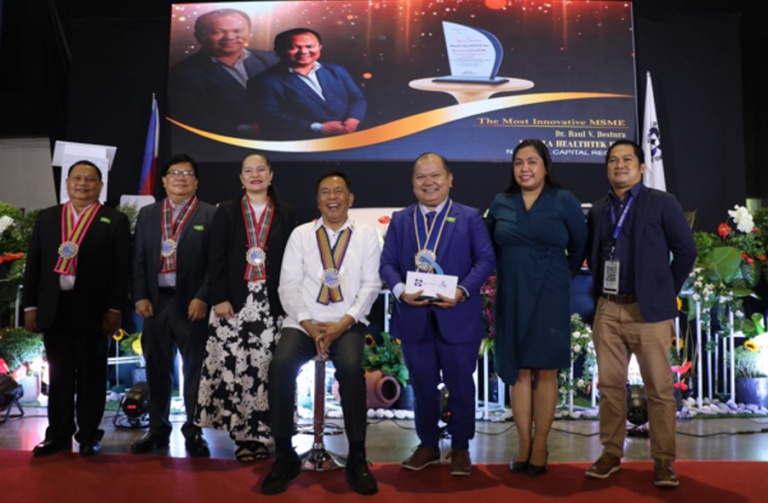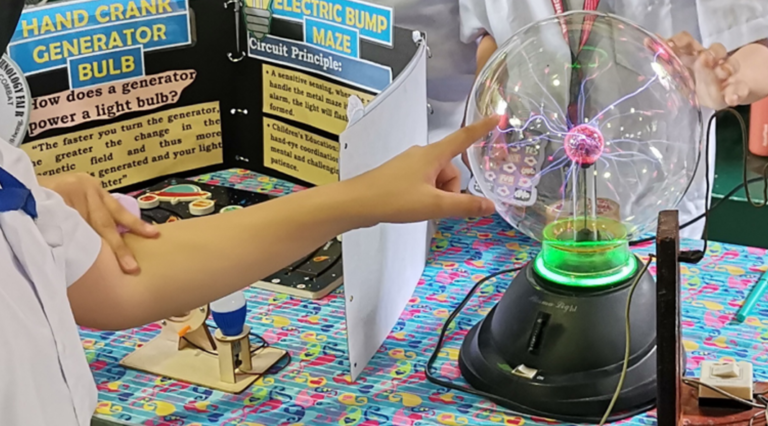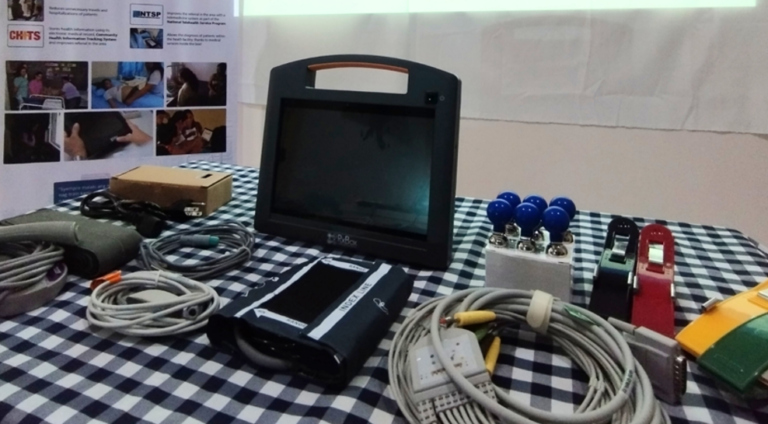DOST-NCR Comes to Conga Creek’s Rescue
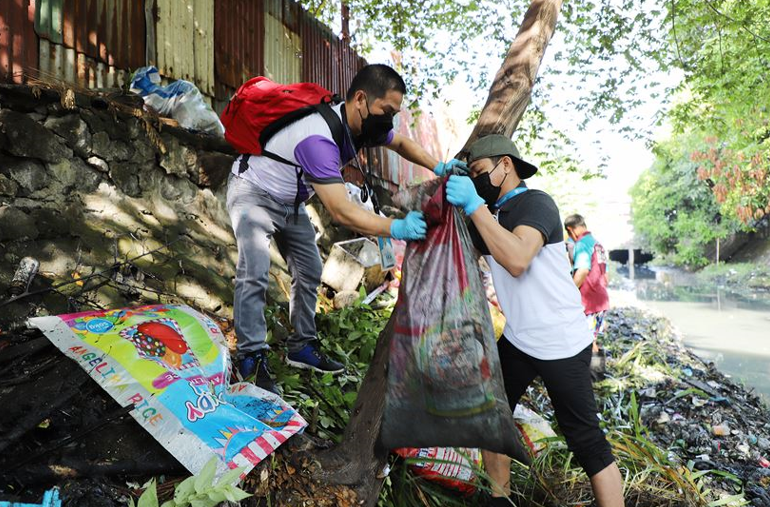
Water is one of the most vital natural resources on earth and has been around for a long time. We know how important it is to human life and also, because of agriculture, how important it is to plant life. But what about the ecological balance and the earth in general?
Biological diversity is the “groundwork” that supports life on our planet: the air we breathe, the food we eat and the water we drink are only possible as long as we have healthy biodiversity – rich species and ecosystem diversity. Yet, this essential human lifeline is severely threatened.
For this reason, staff from the Department of Science and Technology-National Capital Region (DOST-NCR) actively participated in the Adopt-an-Estero Program that aims to clean up, restore and rehabilitate waterbodies around the National Capital Region.
Water, Water Pollution, and Waste Management
Over the years, waste management has always been a global concern that seems unsolvable. Commonly, waste is generated in households, factories, and by ourselves. As the population increase, consumption trends change. Along with lifestyle improvements, poor waste management pose alarming threats to our environment.
In our country, we look at water pollution as one of the major problems that result from improper waste management. The solid trash such as plastics, oil, grease, industrial wastes and toxic chemicals that people throw to our lakes, oceans, seas, rivers, and a lot more bodies of water contaminate them and endanger the underwater living organisms which may stimulate health concerns to people who might contract polluted waters.
Apart from this, another important area that is being affected by contamination is our waterways or esteros. They become “mini dumpsites” when they are supposed to help boost tourism and fishing, reduce health care costs, give room for recreation, reduce the prevalence of water-borne diseases, increase quality of life, as well as increase the quality of water that goes into aquifers. The waterways in different parts of Metro Manila do not pass the international standards of safety and cleanliness because they are beyond the most probable number (MPN) of less than one up to less than 10 MPN which should be a cause of alarm to the 17 mayors of the metropolis because they are all extremely dirty.
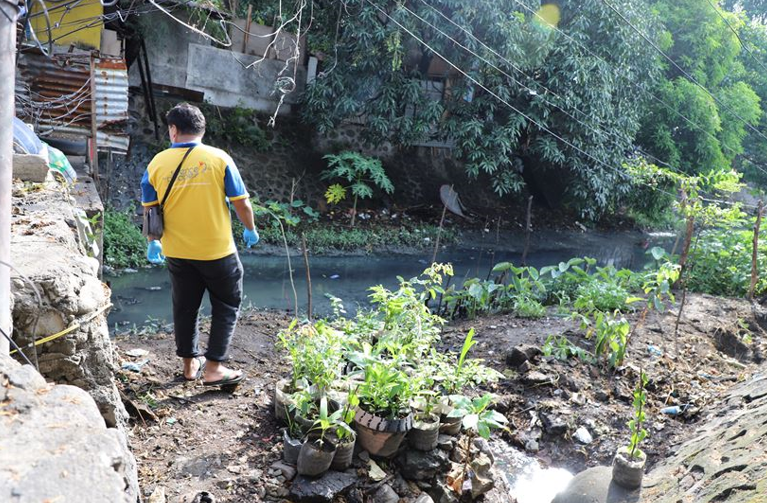
Conga Creek as DOST-NCR’s Adopted Estero
Conga Creek, an estero that sits beside Dreamland Subdivision, reaching up to the Pulong Walang Diyos community, is among the 48 creeks under the “Adopt an estero Program” of the Department of Environment and Natural Resources (DENR) and other agencies (private and government). It is one of the best examples of dirty waterways in the metro.
Taguig City residents know that the pollution in the said creek is way beyond the acceptable limit and all the oxygen has been used up. Under such condition, no fish would ever survive because it has to compete with billions of bacteria.
In 2018, DOST-NCR, under the leadership of Regional Director Jose B. Patalinjug III, collaborated with the local government of Taguig City and other government agencies to help clean up the Conga Creek to achieve a cleaner, safer and healthier metropolitan environment. The team conducts the clean-up twice a year, staying true to its promise of keeping the estero unclogged. On 10 June 2021, the DOST-NCR staff went back to the said creek to decongest the pilot site of garbage and help water flow through it freely.
Wearing only a set of protective gloves in their hands, the team voluntarily and readily went down to the creek to rescue their adopted estero unlocking another great opportunity to meet a cleaner and safer community.

“Bearing Witness” in Celebration of the Environment Month
Bearing witness to the truth that toxic waste is slaying our waters and killing life on earth, the DOST-NCR team showed their commitment to serve not only the public but also the planet. In celebration of the environment Month with the theme “Protect Nature. Sustain our Future. #HealNature4OurFuture,” the DENR EMB-NCR conducted a two-day simultaneous clean-up activities at selective tributaries and waterbodies with the NCR. The DOST-NCR, as a donor partner, willingly cleared up its adopted estero, the Conga Creek along with the other partner agencies involved in the meaningful movement to save the earth.
“Adopt-an-Estero/Water Body Program is a collaborative undertaking between and among the estero Community, Donor-Partner, Local Government Units (LGUs) other government agencies and the DENR as a response to the continuing mandamus by the Supreme Court for agencies led by the DENR to clean up Manila Bay, particularly through the waterways that empty into it. It aims to mobilize estero communities in cleaning the estero and enlisting their active participation in the actual clean up, and in implementing and preparing plans to sustain a clean estero in the future years.
Likewise, a Donor/Partner may be a business establishment, an industry association, a non-government organization or any other group that volunteers to be a major actor in cleaning the esteros. The donor may accept full undertaking in the clean-up of an estero or may just provide equipment and manpower to do actual clean-up in partnership with the DENR and other donors. On its own, the donor/partner may decide to identify an estero, provided the estero has not been taken by or assigned to another donor partner. Adopting a estero Donor/Partner may collaborate with one or more donors (if estero traverses long/large areas).” – DENR

The other agency-partners in the Conga Creek cleanup are the Metropolitan Manila Development Authority (MMDA), Department of Public Works and Highways, Department of Interior and Local Government, and the Department of Health, the Taguig LGU through City Environment and Natural Environment Resources Office (CENRO), Brgy. Hagonoy, and the Lake and River Management Office of Taguig (LRMO).
By Nikki Arcinue

